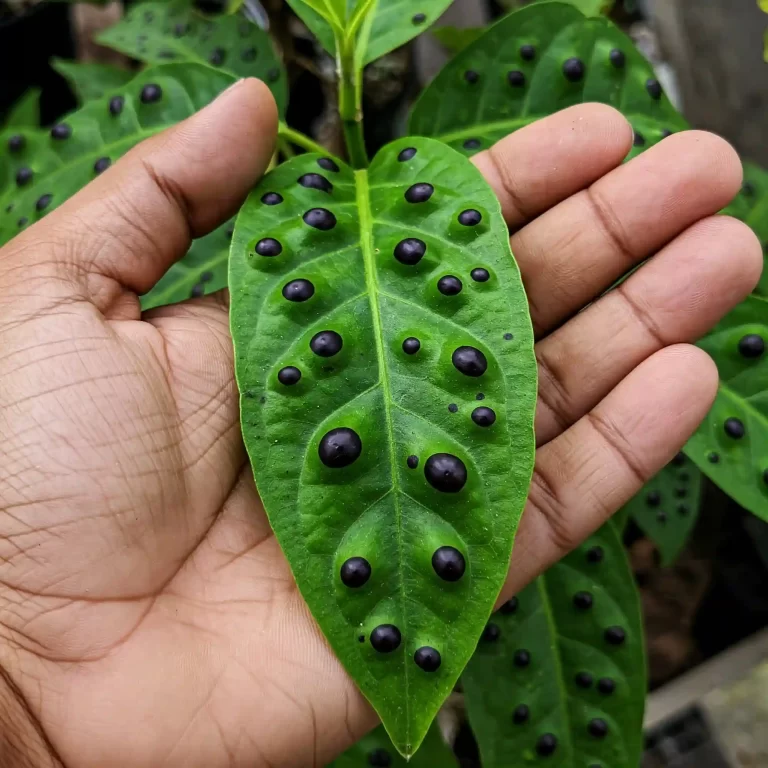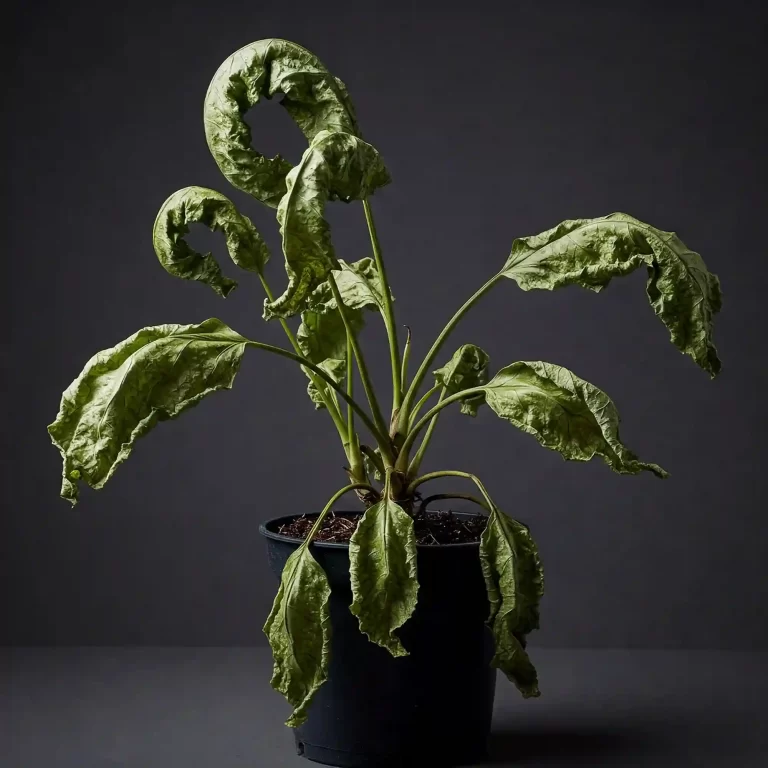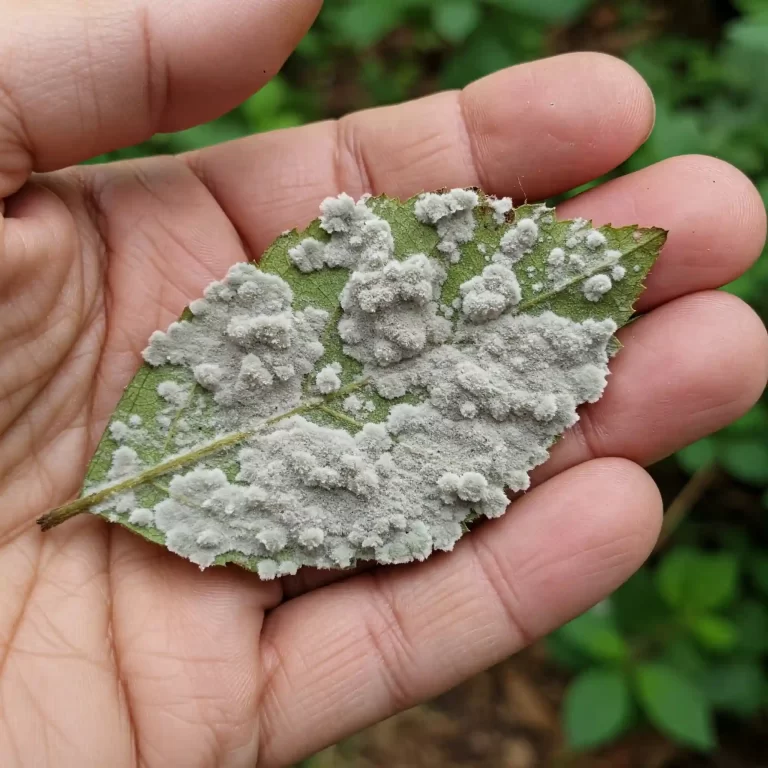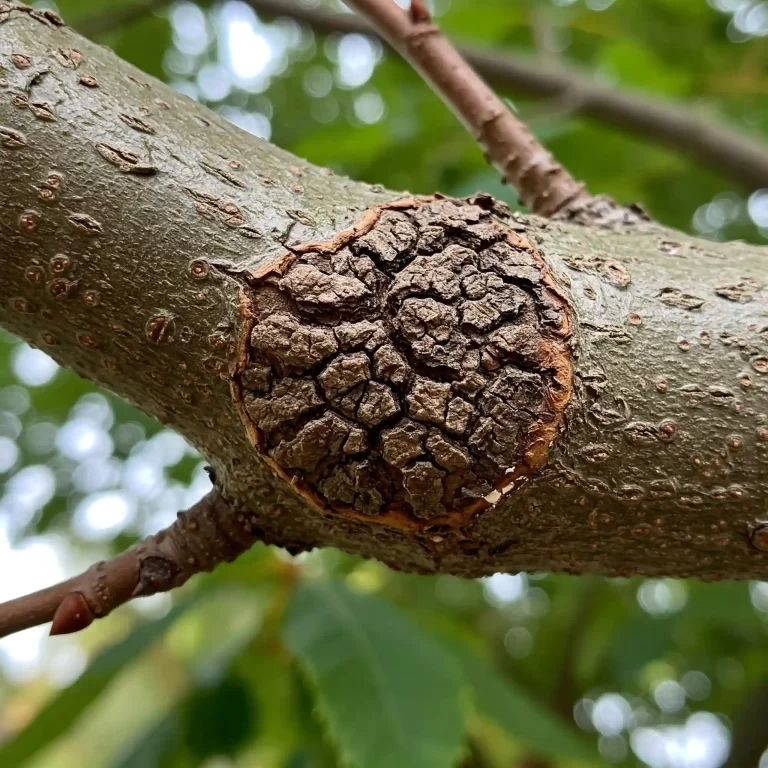| Key Takeaways |
|---|
| – The Hummingbird Falls plant is a hybrid variety of Salvia guaranitica that has trailing blue flowers and anise-scented foliage. |
| – The plant is attractive to hummingbirds and butterflies and can be grown in hanging baskets, containers, or groundcovers. |
| – The plant prefers warm temperatures, full sun or partial shade, moderate to low watering, moist and fertile soil, consistent fertilization, and regular pruning. |
| – The plant is a vigorous and fast finisher, so it needs high light levels, pinching, and growth regulators to control its size and shape. |
Introduction
If you are looking for a plant that will add color and fragrance to your garden, you might want to consider the Hummingbird Falls plant. This plant is a hybrid variety of Salvia guaranitica, a species of flowering plant in the sage family that is native to South America. The Hummingbird Falls plant has dark blue tubular flowers and dark green foliage that emit a pleasant anise scent. The plant is named after its ability to attract hummingbirds and butterflies with its nectar-rich flowers. The plant is also versatile and can be grown in hanging baskets, containers, or groundcovers, depending on your preference and space.
In this article, you will learn how to grow and care for the Hummingbird Falls plant, a trailing beauty with blue flowers and anise scent that will brighten up your garden. You will find out the optimal conditions for the plant’s temperature, light, watering, soil, fertilization, growth regulation, and pruning. You will also discover some tips and tricks to make the most of this plant’s features and benefits.
Temperature: How to Provide the Optimal Warmth for the Hummingbird Falls Plant
The Hummingbird Falls plant is a warm-loving plant that prefers temperatures between 70°F and 78°F during the day and between 60°F and 64°F at night. The plant can grow in USDA hardiness zones 7 and 8, where it can survive mild winters and hot summers with proper care.
To protect the plant from extreme heat or cold, you can use some of the following methods:
- Use mulch to insulate the plant’s roots and retain moisture in the soil.
- Use shade cloth to cover the plant during the hottest hours of the day and prevent sunburn or wilting.
- Use frost cloth to wrap the plant during the coldest nights and prevent frost damage or freezing.
- Move the plant indoors or to a sheltered area if the temperature drops below 50°F or rises above 90°F for a prolonged period.
The Hummingbird Falls plant is adaptable and can cope with different climates, as long as you provide it with the right care and protection. The plant will reward you with its beautiful flowers and foliage throughout the year.
Light: How to Give the Right Amount of Sunlight for the Hummingbird Falls Plant
The Hummingbird Falls plant thrives in full sun or partial shade, receiving at least 4 to 6 hours of direct sunlight per day. The plant needs enough light to produce its vibrant flowers and healthy leaves, but not too much to cause scorching or fading.
To choose the best location for the Hummingbird Falls plant, you can follow some of these guidelines:
- Avoid areas that are too shady or too exposed to strong winds or rain, as they can reduce the plant’s flowering and growth.
- Choose a spot that has good air circulation and drainage, as they can prevent fungal diseases and root rot.
- Consider the plant’s trailing habit and allow enough space for it to spread and cascade over the edge of the basket, container, or groundcover.
- Rotate the plant occasionally to ensure even growth and exposure to light.
The Hummingbird Falls plant can flourish in different light settings, as long as you provide it with the right conditions and care. The plant will add a splash of color and fragrance to your garden, whether you grow it in a hanging basket, a container, or a groundcover.
Watering: How to Keep the Hummingbird Falls Plant Hydrated but Not Overwatered
The Hummingbird Falls plant is drought-tolerant and can survive with less watering than other plants. However, the plant still needs regular watering and moist soil during the summer, when it is actively growing and flowering. The plant requires less watering in late summer and early fall, when it is preparing for dormancy. The plant also needs dry soil in cooler and cloudy months, when it is resting and dormant.
To water the Hummingbird Falls plant properly, you can use some of these tips:
- Use a finger test, a moisture meter, or a drainage hole to check the soil moisture before watering. The soil should feel slightly moist, but not wet or soggy.
- Water the plant deeply but infrequently, allowing the water to drain out of the bottom of the basket, container, or groundcover. Avoid shallow or frequent watering, as they can cause root rot or fungal diseases.
- Avoid wetting the foliage or the flowers, as they can cause leaf spot or flower drop. Water the plant at the base or use a drip irrigation system.
- Reduce the watering frequency and amount in late summer and early fall, when the plant is slowing down its growth and flowering. Let the soil dry out completely between waterings in cooler and cloudy months, when the plant is dormant.
The Hummingbird Falls plant can cope with different watering situations, as long as you do not overwater or underwater it. The plant will show you its appreciation with its stunning flowers and foliage throughout the season.
Soil: How to Choose and Prepare the Best Potting Mix for the Hummingbird Falls Plant
The Hummingbird Falls plant grows well in a moist, well-drained, and fertile potting mix with a pH between 5.4 to 6.5. The plant needs a good potting mix that can provide it with enough nutrients, moisture, and aeration for its roots and stems.
To select and prepare the best potting mix for the Hummingbird Falls plant, you can use some of these tips:
- Use a commercial or homemade potting mix that contains peat moss, perlite, compost, or other organic matter. These ingredients can help retain moisture, improve drainage, and add fertility to the soil.
- Add lime or sulfur to adjust the pH of the potting mix, depending on the initial pH and the water quality. You can use a pH test kit or a pH meter to measure the pH of the potting mix and the water. You can also use distilled water or rainwater to water the plant, as they have a neutral pH.
- Loosen the soil before planting the Hummingbird Falls plant, as it can help the roots and stems to spread and grow. You can use a fork, a trowel, or your fingers to break up any clumps or compacted areas in the soil.
The Hummingbird Falls plant can benefit from different soil amendments, as long as you provide it with a moist, well-drained, and fertile potting mix. The plant will improve its growth, flowering, and fragrance with a rich and balanced soil.
Fertilization: How to Feed the Hummingbird Falls Plant with the Right Nutrients
The Hummingbird Falls plant needs consistent fertilization to avoid yellowing leaves and poor performance. The plant needs a well-balanced, nitrate-based feed that includes micros every other irrigation at 175- to 225-ppm nitrogen. The plant also needs periodic leaching to maintain an EC no higher than 1.0.
To fertilize the Hummingbird Falls plant correctly, you can use some of these tips:
- Use a well-balanced, nitrate-based feed that includes micros, such as 15-5-15 or 20-10-20, to provide the plant with the right nutrients for its growth and flowering. You can use a liquid or a granular fertilizer, depending on your preference and convenience.
- Follow the label instructions and precautions when applying the fertilizer, as they can vary depending on the product and the manufacturer. You can also use a fertilizer injector or a watering can to apply the fertilizer evenly and accurately.
- Fertilize the plant every other irrigation at 175- to 225-ppm nitrogen, depending on the plant’s size and stage of growth. You can also use a conductivity meter or an EC meter to measure the EC of the fertilizer solution and the soil.
- Leach the soil periodically to flush out any excess salts or fertilizer residues that can accumulate in the soil and harm the plant. You can leach the soil by applying water at twice the volume of the container or the groundcover until the water runs out of the drainage hole or the edge.
The Hummingbird Falls plant can respond to different fertilization methods, as long as you provide it with a consistent and moderate feeding schedule. The plant will produce more and bigger flowers, stronger stems, and healthier foliage with a proper fertilization program.
Growth Regulation: How to Control the Size and Shape of the Hummingbird Falls Plant
The Hummingbird Falls plant is a vigorous and fast finisher, so it needs high light levels, pinching, and growth regulators to control its size and shape. The plant can grow up to 18 inches tall and 36 inches wide, depending on the growing conditions and the care.
To control the growth of the Hummingbird Falls plant, you can use some of these methods:
- Pinching: Pinching is the act of removing the tip of a stem or branch to encourage branching and bushiness. Pinching can help the Hummingbird Falls plant to form a more compact and attractive shape, especially if you are growing it in a hanging basket or a container. You can pinch the plant once or twice during propagation and once or twice during production, depending on the desired size and shape of the plant. To pinch the plant, you can use your fingers or a pair of scissors to cut off the top 1 to 2 inches of the stem, just above a leaf node or a bud. Pinching can also stimulate the plant to produce more flowers and prevent it from becoming leggy or floppy.
- Growth regulators: Growth regulators are chemicals that can affect the growth and development of plants. Growth regulators can help the Hummingbird Falls plant to reduce its height and width, especially if you are growing it in a small space or a groundcover. You can use growth regulators such as B-Nine or Sumagic as needed, depending on the plant’s size and stage of growth. To use growth regulators, you can follow the label instructions and precautions, and apply them as a spray or a drench to the plant. Growth regulators can also improve the plant’s quality and performance, such as its flower size, color, and longevity.
The Hummingbird Falls plant can be shaped into different forms, such as trailing, compact, or bushy, depending on the desired look and use. You can use high light levels, pinching, and growth regulators to control the growth of the plant and achieve the best results.
Pruning: How to Keep the Hummingbird Falls Plant Neat and Blooming
The Hummingbird Falls plant needs regular pruning to encourage more flowering and prevent legginess. The plant can produce flowers from spring to fall, depending on the climate and the care.
To prune the Hummingbird Falls plant properly, you can use some of these tips:
- Use sharp and clean tools, such as scissors, pruners, or shears, to cut off the faded or spent flowers and their stems. This can help the plant to divert its energy to producing new flowers and prevent seed formation.
- Trim the stems to maintain the desired shape and size of the plant, especially if you are growing it in a hanging basket or a container. You can cut back the stems by one-third to one-half, depending on the plant’s condition and appearance. You can also remove any dead, damaged, or diseased parts of the plant to improve its health and appearance.
- Prune the plant at the right time, depending on the plant’s flowering cycle and the season. You can prune the plant lightly throughout the flowering season to keep it neat and blooming. You can also prune the plant heavily in late fall or early winter, when the plant is dormant, to prepare it for the next season.
The Hummingbird Falls plant can benefit from different pruning techniques, as long as you provide it with regular and moderate pruning. The plant can extend its blooming season, enhance its appearance, and prevent diseases and pests with proper pruning.
Conclusion
The Hummingbird Falls plant is a trailing beauty with blue flowers and anise scent that will add color and fragrance to your garden, if you follow these simple tips on how to grow and care for it. The plant prefers warm temperatures, full sun or partial shade, moderate to low watering, moist and fertile soil, consistent fertilization, and regular pruning. The plant is a vigorous and fast finisher, so it needs high light levels, pinching, and growth regulators to control its size and shape. The plant is attractive to hummingbirds and butterflies and can be grown in hanging baskets, containers, or groundcovers.
We hope you enjoyed this article and learned something new about the Hummingbird Falls plant. If you have any questions or comments, please feel free to leave them below. We would love to hear from you and see your photos of your Hummingbird Falls plant. Happy gardening!





[…] fun fact about trumpet vine is that it is also known as the hummingbird vine, because of its ability to attract and feed hummingbirds. It is also a symbol of joy, […]